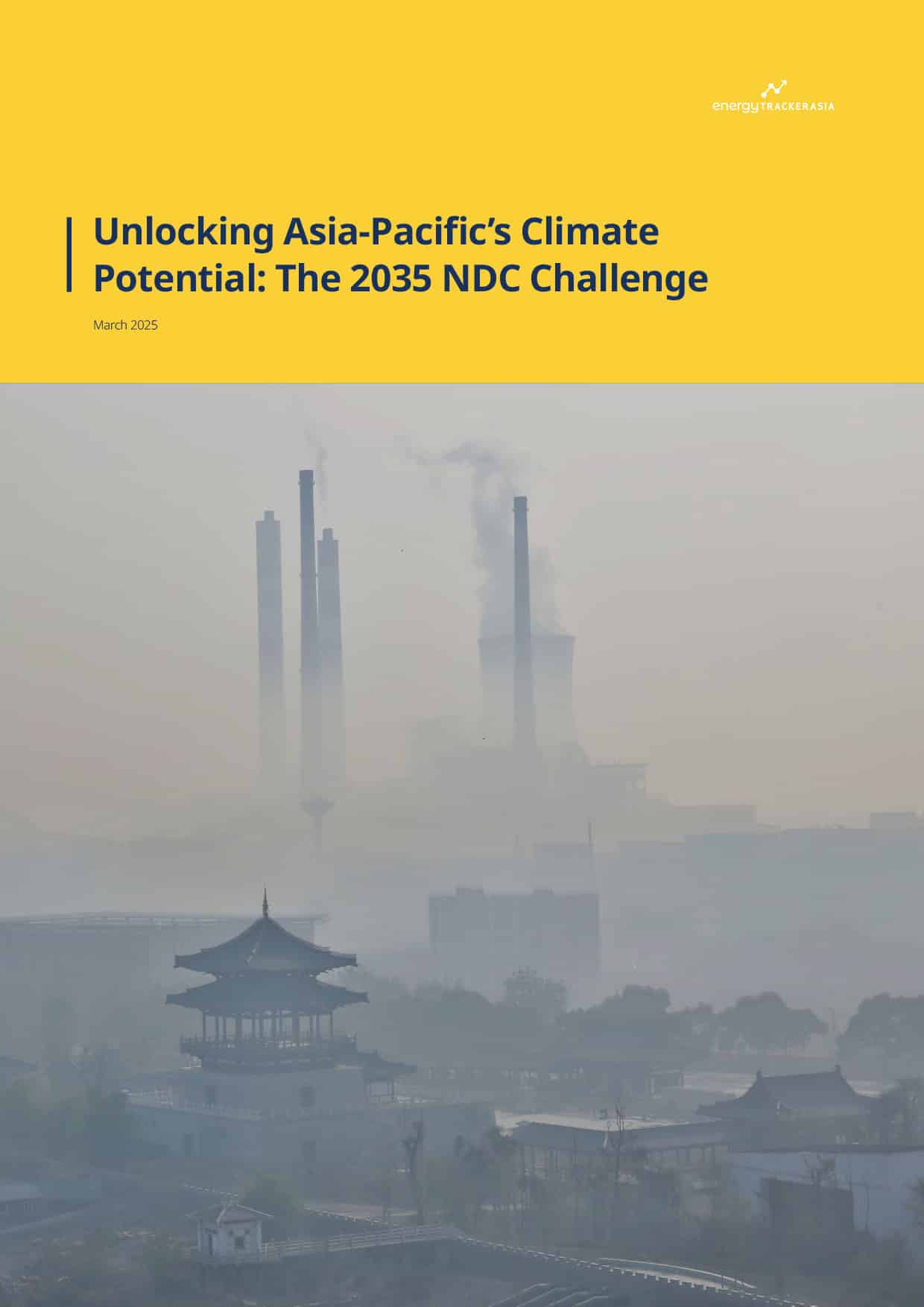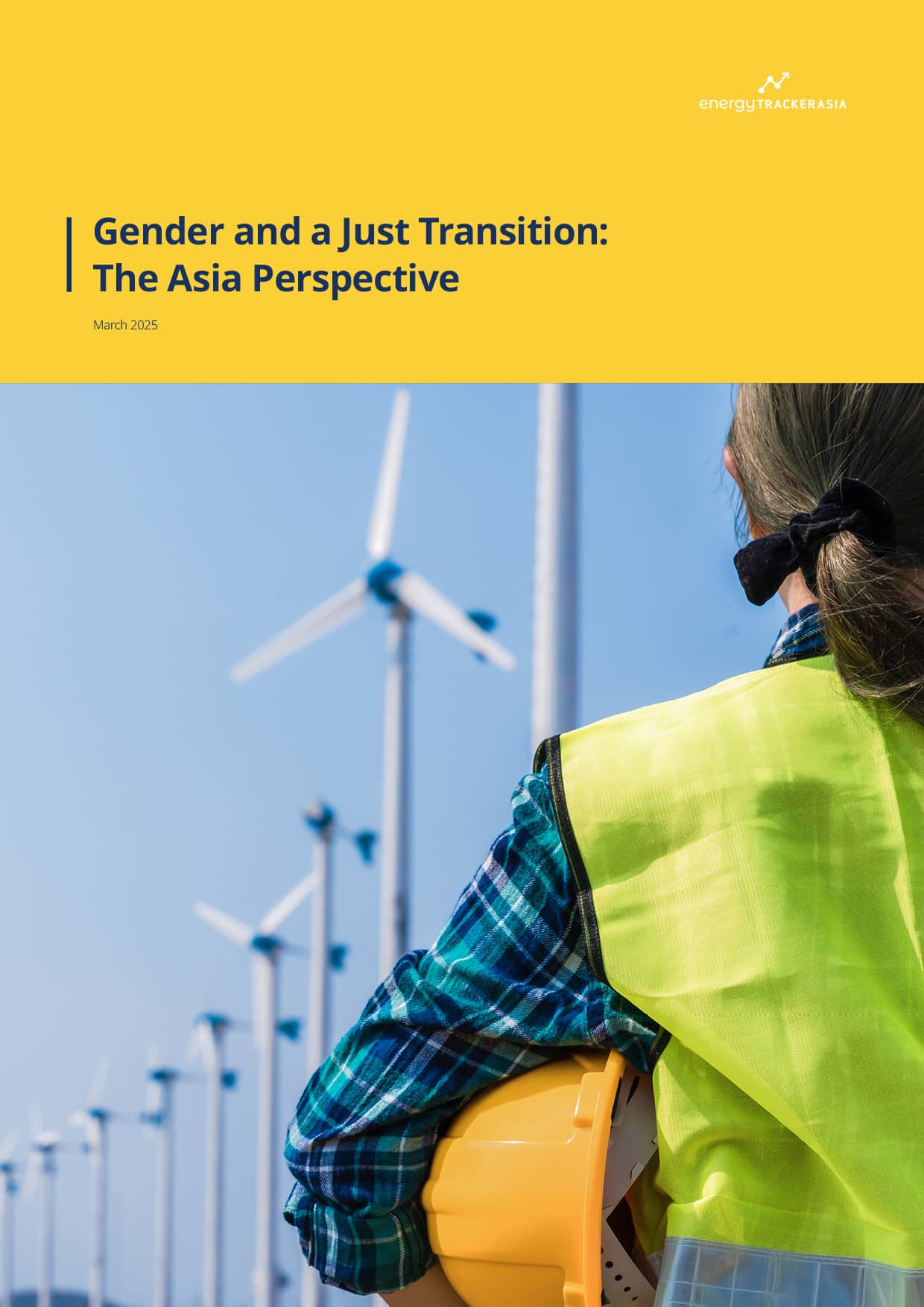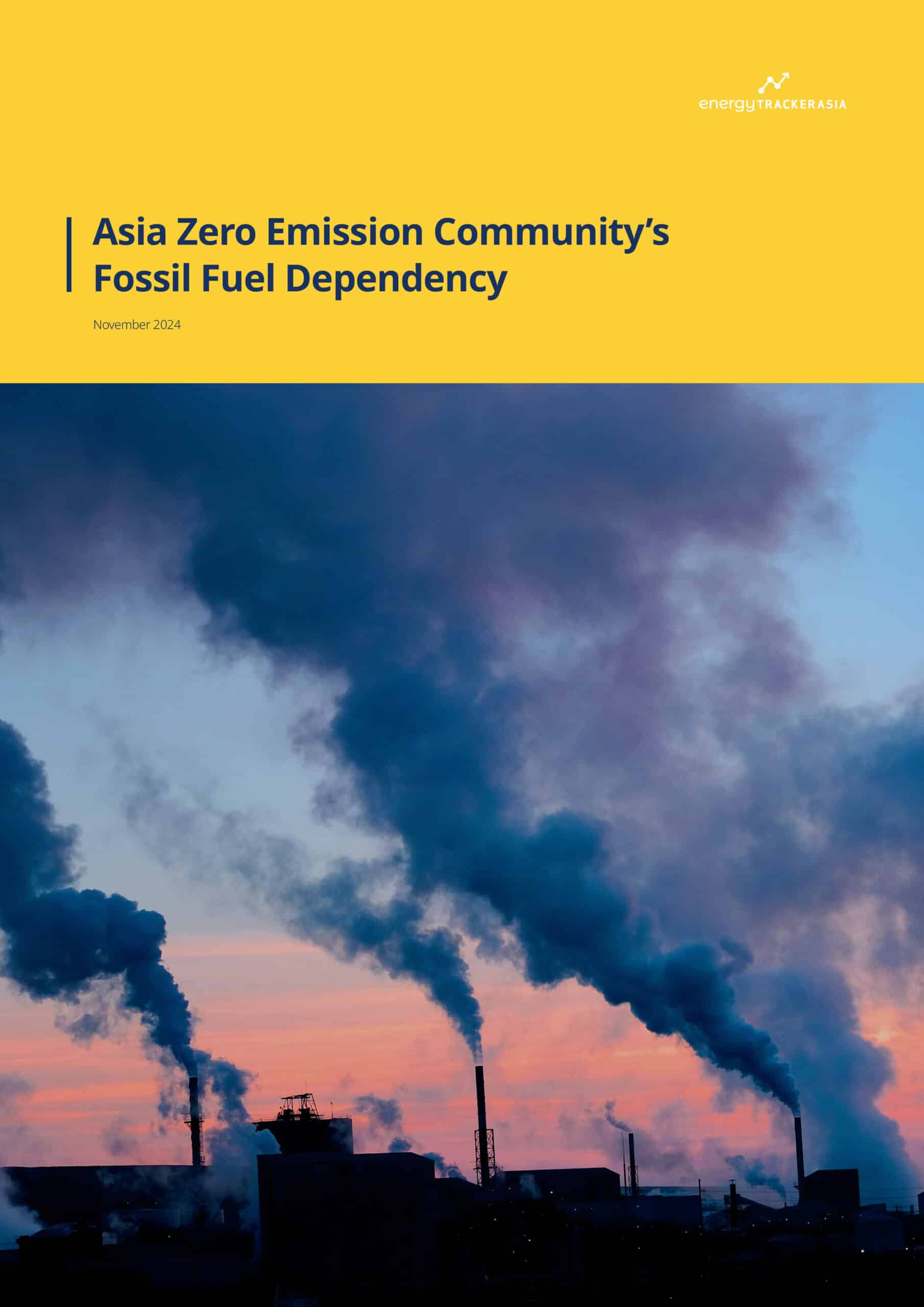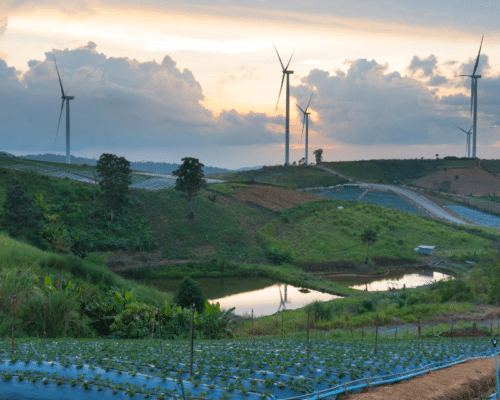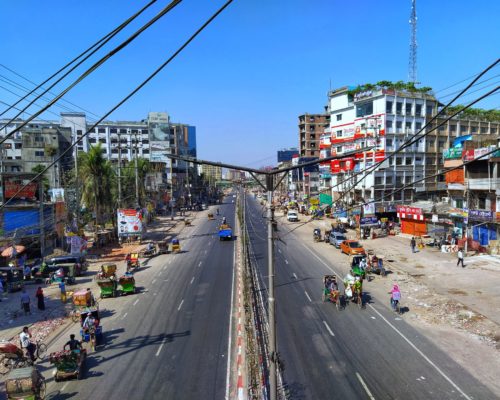Perovskite Solar Cells Race: Japan’s Plan to Lead
Photo: Flickr
18 August 2025 – by Walter James
A fierce international race to perfect the next generation of solar energy technology is gaining momentum. That technology is the flexible and lightweight perovskite solar cells.
By 2040, the global market for perovskites is expected to grow by 67-fold compared to 2025, according to the Japanese market research firm Fuji Keizai. In its search for a decarbonization technology it can call its own, Japan is determined to be a top-tier perovskite producer. But it faces intense competition from China as well as from companies in Europe, the US and South Korea.
For a land-constrained island nation looking to steadily grow its renewable energy capacity, perovskite solar cells hold tremendous potential. Not only that, if Japan succeeds in establishing a domestic supply chain for perovskites, it will be well-positioned to be a net exporter, helping decarbonise its trading partners.
Japan’s strategy to lead the perovskite race consists of setting ambitious targets, rolling out supply-side and demand-side support measures and launching demonstration projects. But stubborn costs and technological barriers point to the need for even bolder policy action.
What Are Perovskite Solar Cells?
Perovskite solar cells are thin, lightweight and film-like solar technology first developed in Japan in the early 2000s. Recent innovation has dramatically improved their efficiency — the ability of solar cells to convert sunlight into electricity — to approach that of conventional solar panels.
Types of Efficient Perovskite Solar Cells
Companies and researchers are developing three types of perovskites. The first is the film type, in which the perovskite layer is deposited onto thin substrates — often plastic or metal foil. Its low material usage reduces production cost and improves scalability, but renders it less durable and more susceptible to degradation from moisture, heat and ultraviolet light compared to other types.
The second is the glass type. Here, the perovskite cells are encapsulated in glass, making the design structurally stable and durable, but heavier and less flexible than the film type.
The third, tandem-type perovskite solar cells, combine perovskite cells with another photovoltaic technology, most commonly silicon. This greatly enhances power conversion efficiency because it generates electricity using different parts of the solar spectrum. But at the same time, the increased complexity of manufacturing leads to higher costs.
Japan’s Perovskite Ambition
Several features of perovskite solar cells appeal to Japanese policymakers. They’re flexible and lightweight, making them suitable for installation on surfaces other than rooftops. A September 2024 report by the Tokyo-based Renewable Energy Institute attests to this potential. It shows that perovskite solar cells can be installed on pavements, rooftops, exterior walls, balconies, windows, airports, train stations, carports, automobile interiors and more. With enough research and development, they hold the promise of lower-cost mass production and installation compared to conventional solar panels.
Another reason is that Japan has ample reserves of iodine, a necessary input for perovskites. This factor is crucial for Japan’s hopes of building a self-sufficient supply chain and reducing dependence on Chinese solar panels.
The “Next Generation Solar Cell Strategy,” published by the Ministry of Economy, Trade and Industry (METI) in November 2024, makes clear that there is another motivation for promoting perovskite solar cell technology — historical resentment. “Following the 1973 oil shock, Japan began developing solar panel technology,” the report explains. “By around the year 2000, it had captured a 50% share of the global market. From 2005 onward, however, competition from overseas — particularly China — caused Japanese US, and German manufacturers to lose market share simultaneously. Japan’s share has now fallen to less than 1%.” The possibility of fostering a domestic production base for perovskite materials, therefore, holds a particular allure.
The strategy sets specific and ambitious perovskite targets. By 2030, METI envisions a domestic production of over 1 gigawatt (GW) in electricity generation capacity. By 2040, it wants Japan to have installed around 20 GW of perovskite solar cells and an entirely self-sufficient supply chain. Accompanying this, METI also hopes the cost of producing perovskite modules to progressively decline from JPY 20 per watt in 2025 to JPY 14 per watt in 2030, and finally to JPY 10 per watt by 2040.
Supply-side and Demand-side Policies
In line with its targets, METI has committed to subsidising perovskite R&D, especially for the film and tandem types. Beginning in fiscal year 2025 (which ends in March 2026), METI will help manufacturers improve the efficiency and durability of perovskites.
The main mechanism for METI’s support is the Green Innovation Fund, a JPY 2 trillion (USD 13.5 billion) fund established in 2021 to back R&D, demonstrations and implementation of green technologies in the energy, transport, manufacturing and building sectors. Its budget for promoting perovskites in 2024 was JPY 421 billion (USD 2.8 billion).
A handful of companies directly benefit from the Green Innovation Fund subsidies. Leading the pack is Sekisui Chemical, which unveiled its roll-to-roll manufacturing for perovskites in 2024 and is proactively conducting pilot projects for its technology. The company is aiming to have a production capacity of 100 MW by April 2027 and eyeing exporting its film-type perovskites to overseas markets.
Simply producing perovskites isn’t enough to curb emissions. They need to be installed and used. To this end, Japan’s national and prefectural governments are busy implementing demand-side measures. For example, METI mandated that energy-intensive companies and organisations formulate targets for installing rooftop solar starting in 2026. It hopes that by then, perovskites will be cheap and durable enough to be an attractive option for adopters. A slew of public-private demonstration projects from Hokkaido and Fukushima to Tokyo are being run to provide proof of concept and to further improve the technology.
Technical and Cost Barriers Remain
The hurdles that the government is trying to address are still holding back perovskite adoption. Construction companies have complained that, compared to conventional panels, the power generation efficiency of perovskites is still low for the amount of investment they require.
Durability is also still a concern. The expected lifespan of perovskites is between 10-15 years, making this an unpalatable choice for factory owners who must plan operations of over 50 years.
It’s not yet clear whether the current subsidies and programs are enough to overcome these barriers. For Japanese policymakers and companies who are intent on staying ahead of the global competition, these barriers are worrying. China has already had a head start in perovskite mass production, and in late 2024, the world’s largest perovskite solar project began operations in Zhejiang province.
The perovskite solar cells have a real potential to turn Japan into a solar energy powerhouse. Whether for decarbonisation or global competition, Japan must step up the scale of its perovskite support.
by Walter James
Walter James is the principal consultant at Power Japan Consulting, which offers research, writing, and consulting services related to Japan's climate and energy policies. He also writes about these topics on his Power Japan Substack. He holds a Ph.D. in Political Science from Temple University and is a former research fellow at Waseda University in Tokyo, Japan.
Read more